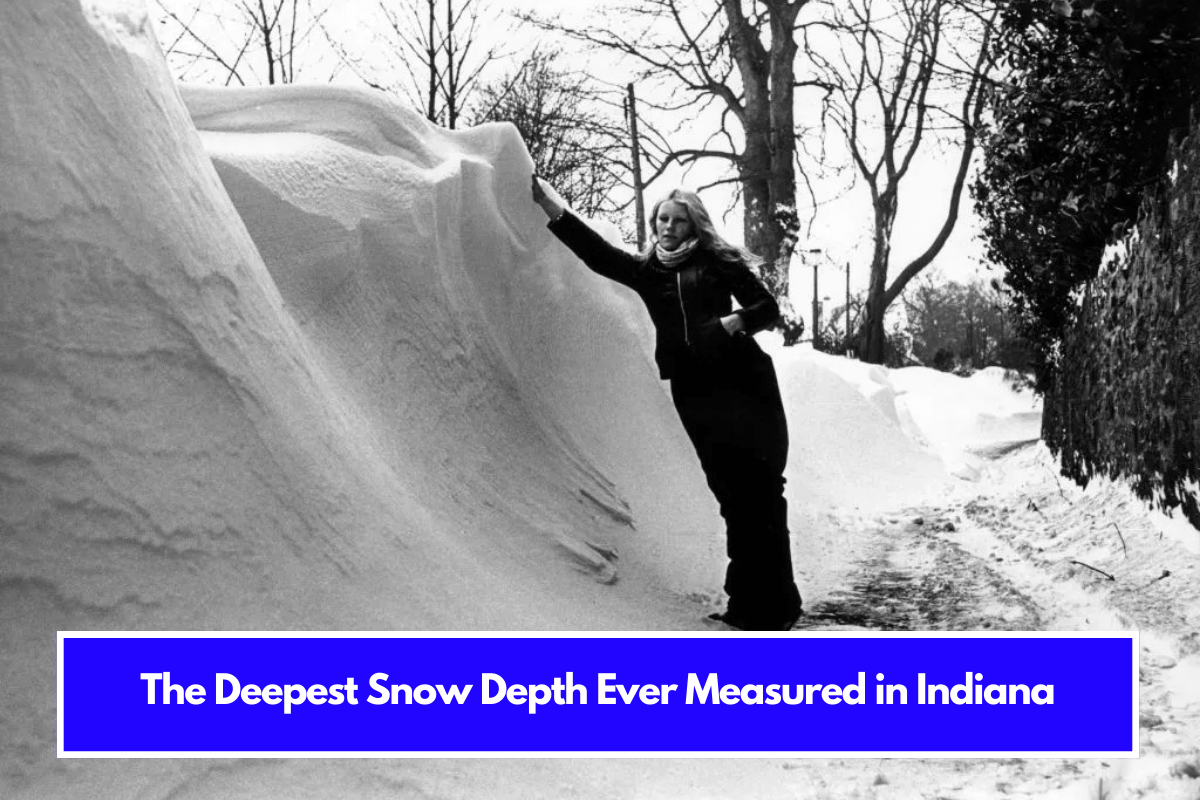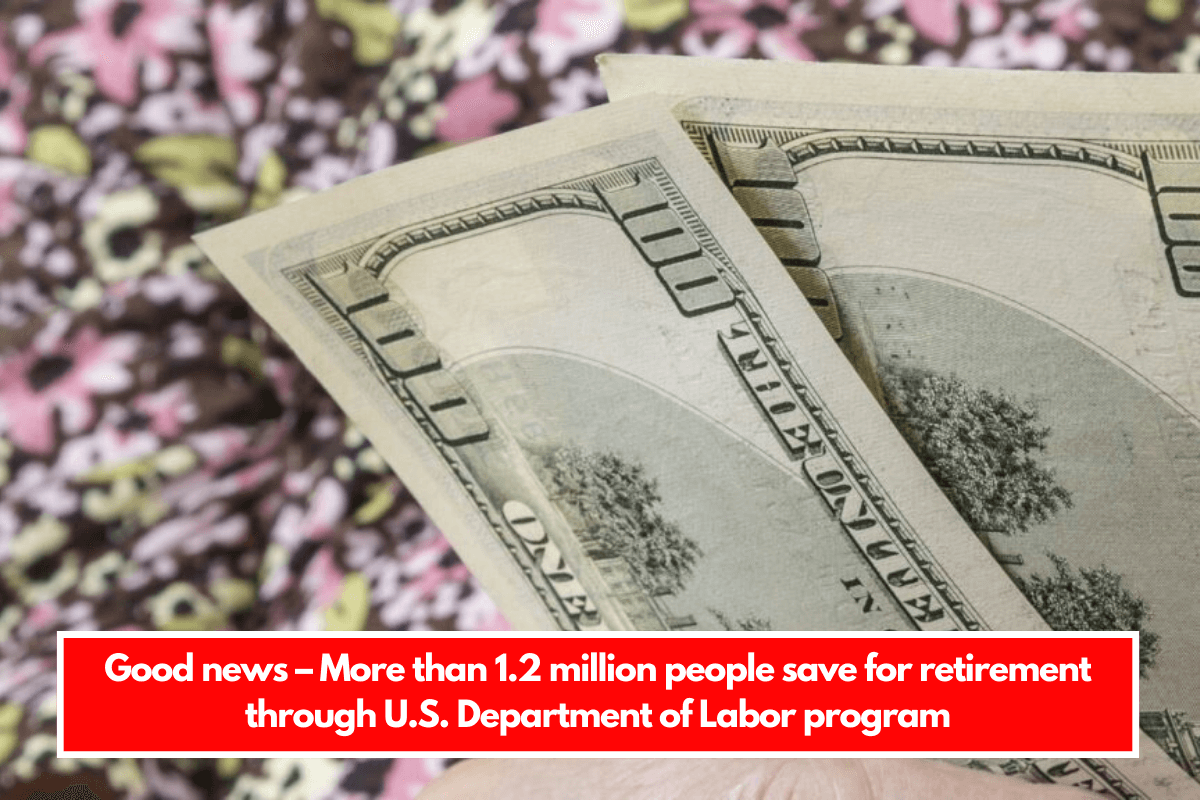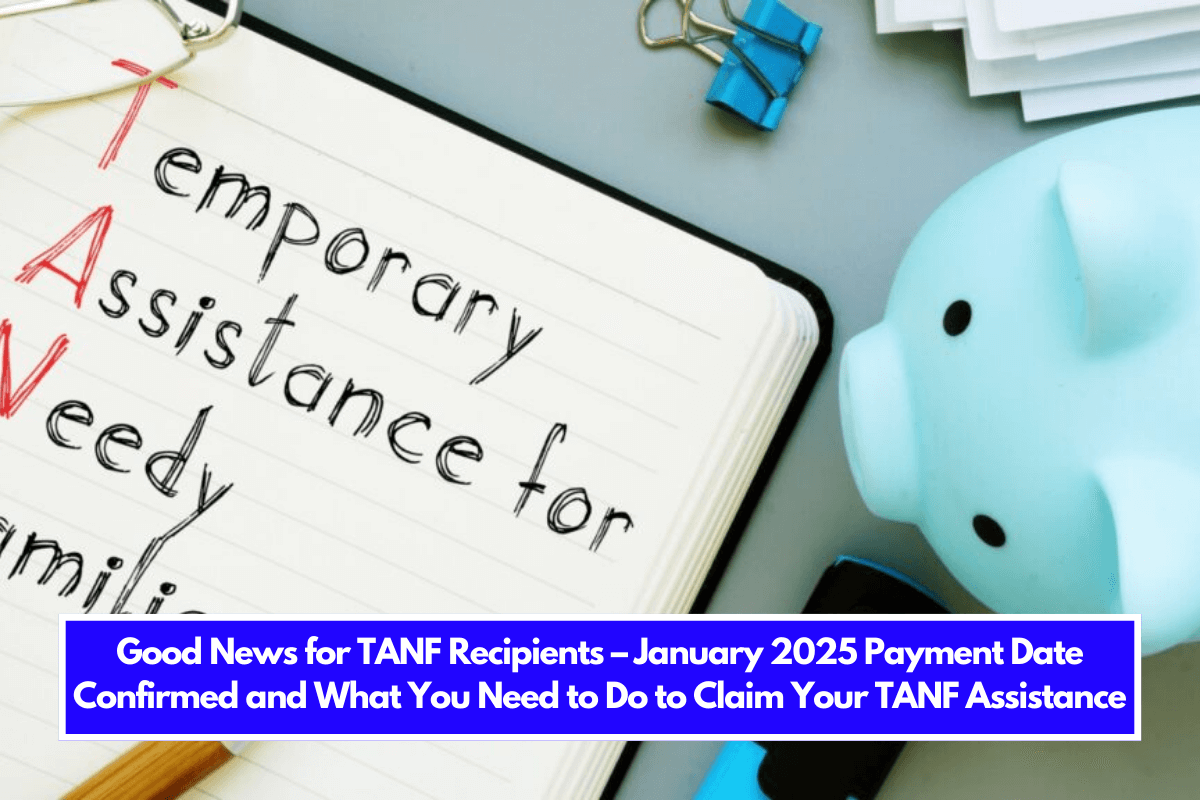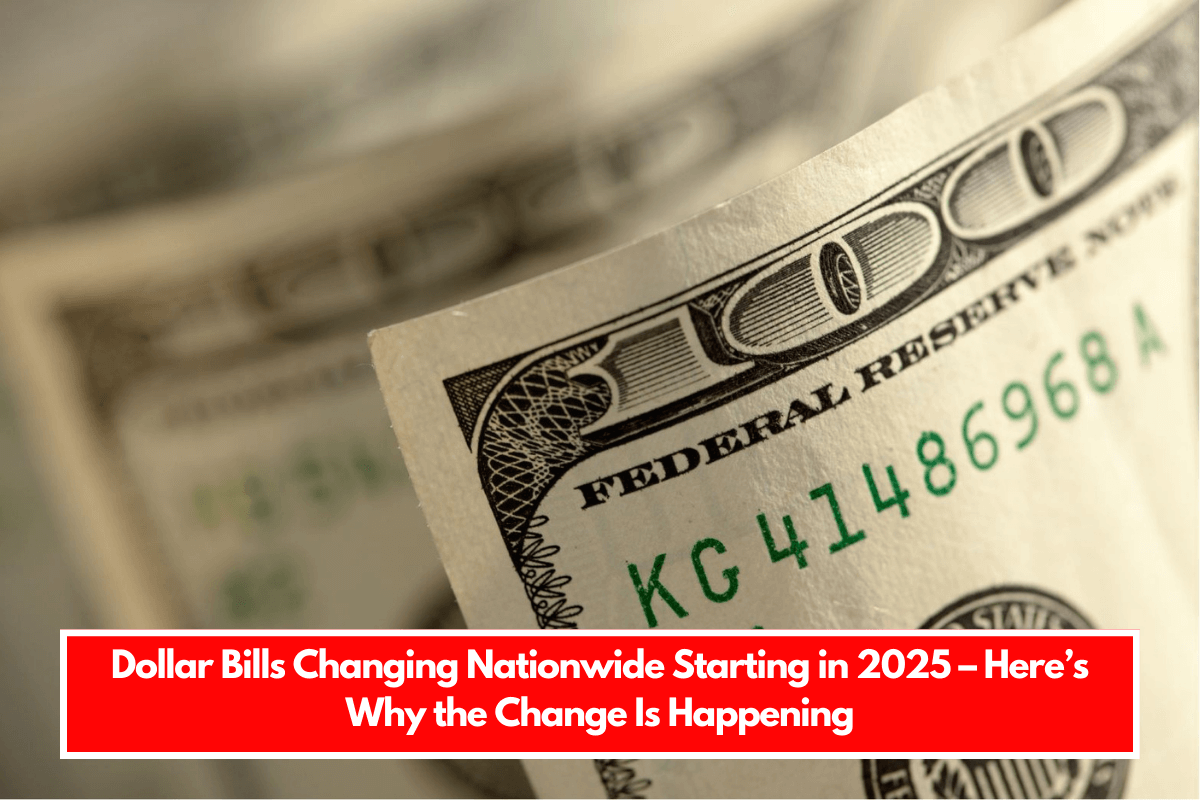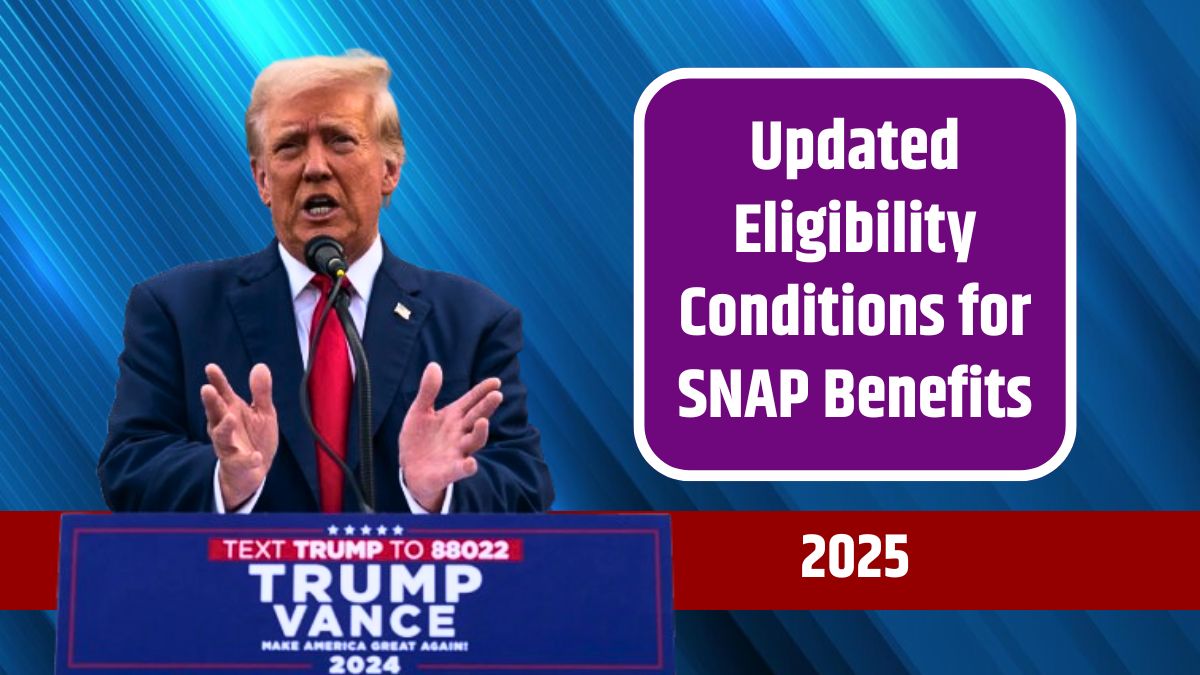Even if you are not aware of it, the Fairness Act may affect you as a Social Security recipient. There will always be new rules and modifications, so keep up with them.
Legislators’ intentions toward the Social Security Administration (SSA) and its programs are evident, even though they may not implement specific new legislation ideas.
Finally, learn what they want to change and how. Even if the Fairness Act doesn’t pass today, it’s crucial to stay as informed as possible.
What is the Fairness Act?
To properly explain the Fairness Act, we must first address a common misconception about Social Security benefits, particularly among young people.
Every piece of information they encounter revolves around the various programs offered by this organization and the workings of the system, particularly when they study the Survivors Program, Disability Insurance, or Retirement Insurance. Other plans, which the Social Security System may not cover, can offer a pension.
When individuals have a history of contributing to a system other than the SSA and the SSA, it raises concerns about retiring in less common regions.
What happens in certain scenarios? In essence, they would benefit from both programs, but the problem arises when considering the Progressive Benefits Formula, which determines Social Security payments.
When people retire through the Social Security system, they must meet two conditions. The first requirement is that they be at least 62 years old. Second, they must have at least ten Social Security credits.

By deducting the Social Security tax from your monthly paycheck, you earn Social Security credits. As a result, the contributions you make while working will determine the size of your retirement fund.
Once you meet the above requirements, the Social Security Administration will calculate your Average Indexed Monthly Earnings (AIME) by taking your payments, selecting the top 35 years, and adjusting them for inflation.
They then use the Progressive Benefits Formula to calculate your Primary Insurance Amount (PIA), which is what you will receive when you retire. The problem lies in the fact that the formula is progressive, as its name suggests.
As a result, those who have made smaller contributions benefit from the allocation of a larger portion of the funds to their PIA. The Progressive Benefits Formula identifies three bend points in the beneficiary’s income, each represented by a percentage deducted from the total:
- 90% of the first $1,115 of the AIME.
- 32% between the $1,115 and $6,721.
- 15% above $6,721.
As you can see, a higher percentage of your AIME is taken into account, while your income is lower. To address this issue, the SSA established the Windfall Elimination Provision (WEP) and the Government Pension Offset.
These provisions reduce your benefits if you or the person from whom you are receiving Social Security benefits have made contributions to the SSA and another pension plan. The Fairness Act, which was recently approved by the House of Representatives, seeks to alter these metrics.
Who is going to be impacted by the Fairness Act?
The Fairness Act will benefit people who have worked in jobs not covered by the Social Security Administration, such as certain public school teachers, foreign employers, and railroad workers.
Dependents of survivors whose departed contributors faced the double contribution problem are also affected. In essence, the Fairness Act seeks to eliminate a restriction that unfairly disadvantages a small percentage of the population when compared to the majority of Americans.
Also See :- This is the SSA waiver that allows you to collect January Social Security much earlier – it’s now official






